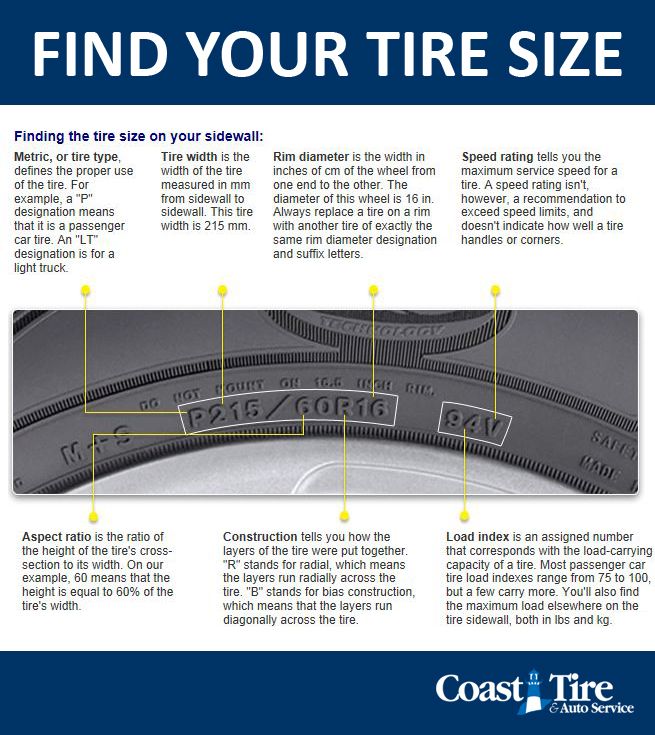The biggest thing about price is that price is not the biggest thing. Oh, don’t get me wrong, price is important, but it’s not the most important factor when customers are making their final decisions.
Study after study shows that value is number one on the customer’s mind. Every customer has a wide variety of concerns at the point of decision. It’s always price plus something; it’s never just price.
In my first article in this series on pricing in the July issue, I suggested that pricing is really a perception at a point in time. You can’t ever really know all the factors that are running through a customer’s mind, but you must keep in mind that price is only a slice of their perception.
For example, let’s say a customer needs four new tires, size 215/60R16. You tell the customer you have two different brands and both sets are the same price; four tires for $500. Of course, the customer doesn’t know which brand to buy. Then you tell him that one is an imported brand that he’s never heard of and the other set is a Michelin top-of-the-line product with an 85,000-mile warranty.
One is certainly a better deal than the other.
Is $500 a lot of money, or not? It depends. If the customer only has $300 to spend, it’s a lot; if, however, he budgeted $750 for new tires, it’s a great deal. It’s a perception at a point and time, and my point is this, pricing is meaningless without context.
It’s the job of the sales staff to put everything into context: the customer’s needs, the best tire for the money, the profitability of the store, the availability of certain products, the age of the vehicle, driving habits, the customer’s budget, etc., etc., etc. Again, pricing is meaningless without context.
CUSTOMERS DON’T UNDERSTAND VALUE UNTIL YOU PUT IT INTO CONTEXT.
I hear many tire dealers complaining about pricing; they complain about the Internet; they complain about customers; they complain about the dealer down the street giving away tires. If a dealer is relying on price alone to drive sales, then it’s a vicious downward cycle. I call it the “knife fight”: it’s messy, it’s bloody, and everybody gets cut.
After reading my article last month, an industry veteran contacted me. As we discussed at length my article on pricing, he said to me, “I’ve always seen pricing like a football.” Let’s work with that. See the art in our digital version (page 103) by clicking here.
Opening price point
OPP is the Opening Price Point, and it’s a knife fight. In this first category, it is price, price and price with three types of customers: cheap, cheaper and more cheaper. In this segment, it’s best to use a straight dollar markup pricing strategy because percentages don’t work well on low-price tires. If you markup based on percentages on low-price tires, the return is too low. A 25% to 30% markup on a $45 tire is not enough gross profit. Of either markup method you might use, straight dollars is the best method.
The ‘sweet spot’
The second category is what I call the “sweet spot.” This category is where your pricing strategy has to be most effective. This is the make or break segment, where price plus strategy makes a difference, and where value-driven selling skills really come into play. For example, the zip codes that make up Santa Monica, Calif., have a very high concentration of BMW and Prius registrations. If tire dealers in the Santa Monica area are not prepared to sell to the BMW/Prius consumers, then they will lose both units and gross profit.
This is the make or break segment, where price plus strategy makes a difference, and where value-driven selling skills really come into play. For example, the zip codes that make up Santa Monica, Calif., have a very high concentration of BMW and Prius registrations. If tire dealers in the Santa Monica area are not prepared to sell to the BMW/Prius consumers, then they will lose both units and gross profit.
This is where the suggestions from the last two articles on pricing, such as “differentiation” and “anchor” pricing (see the July and August issues) come into play. You can use either of the most popular methods for marking up products, but the sweet spot category is best for using percentage markups. After you establish your markup percentage, you must do a sanity check. You had better know how your pricing compares on the top 20 most popular items/SKUs/tires in your immediate marketplace.
The ‘exotic portion’
Category three is the “exotic portion” of your tire sales mix. Not that these tires only fit on exotic cars, but they are items that carry a higher purchase price and more care when quoting. Applying a straight percentage markup can price you out of the market. The straight dollar markup strategy again makes the best sense.
Not that these tires only fit on exotic cars, but they are items that carry a higher purchase price and more care when quoting. Applying a straight percentage markup can price you out of the market. The straight dollar markup strategy again makes the best sense.
Like I stated in an earlier article, with this segment, you should apply a strategy in advance in which you feel comfortable with your margins so you can move the units.
Lastly, gross profit dollars follow tire unit sales. The above-mentioned strategies are guidelines, and it’s important to remember that pricing is only important in the context of your market and your customer’s perceptions at the time of purchase. Always remember:
CUSTOMERS DON’T UNDERSTAND VALUE UNTIL YOU PUT IT INTO CONTEXT. ■
Wayne Williams is president of ExSell Marketing Inc., a “counter intelligence” firm based in La Habra, Calif. He can be reached at [email protected].
Many years ago, when I first started in this business, I was working at the retail counter and asked my regional manager what was the best tire for a vehicle. I expected him to tell me it was the most expensive we had in the lead brand or newest one that was in all the commercials. Instead, he threw me a curve and told me, “The one we have in stock.” He quickly went about his business and left me thinking about it for a while.
I expected him to tell me it was the most expensive we had in the lead brand or newest one that was in all the commercials. Instead, he threw me a curve and told me, “The one we have in stock.” He quickly went about his business and left me thinking about it for a while.
Finally, it hit me. Features and benefits were important, and the price had to be within the customer’s budget, but if we didn’t have the tire on the shelf, we lost the sale. Granted, times were a bit simpler back then. There were fewer sizes, dealers usually only carried one (maybe two) brands, and we had several hundred tires in inventory. We used inventory cards and went through invoices daily to keep an accurate account of what was in stock. Tires were ordered as needed and we would take advantage of specials and seasonal trends to make sure we had the tire in stock to make the sale. The older dealers reading this will remember those days. It took time and every invoice was marked with a ‘P’ to ensure inventory was posted and accurate.
Times have sure changed. Today, we have computers on the counter with a wealth of information at our fingertips. Most dealers have a multi-brand approach with tires, and dealers have access to virtually every brand manufactured within a few hours (or a couple of days in some rural areas). Most distributors have an online portal where a salesperson can quickly look up what tire fits a vehicle and/or what the price is for the requested tire size. If the dealer has taken the time to set up a profile within the distributor’s system, the retail sales price including installation will be displayed to make it easy to quote a price. Press the order button, and the tires will be delivered at or darn near a certain time every day, sometimes twice or more the same day. Efficiencies have made our lives easier, and most dealers today inventory few, if any, tires. In some cases, retailers have numerous online portals on their computer screens for several area distributors, and order tires based on delivery times during the day from different companies so they can come close to “having the tire in stock” when the customer needs it.
If you compare the two scenarios above, few would argue that the process today is very efficient, and I would agree. What I don’t agree with is that so many dealers have fallen into a comfort zone. Making it easier can cost you money. Dealers don’t take time to really evaluate their tire needs, and the computer screen has become their product screen. Inventory, or “the one we have in stock,” has been replaced by the distributor that can deliver the tire at the time that best fits the customer’s need. I’m not saying that it’s a bad thing, but I believe that many dealers are missing opportunities to increase sales and profits, which is contributing to the struggle of many independent tire dealers. It’s what I call the “Lost Art of Buying.”
Many independent dealers are struggling with profitability today, and simply focusing on tire sales will increase the bottom line. It all starts with the top-line, meaning more sales will result in more profits.
Over the years, many dealers have “left” the tire business to focus more on service.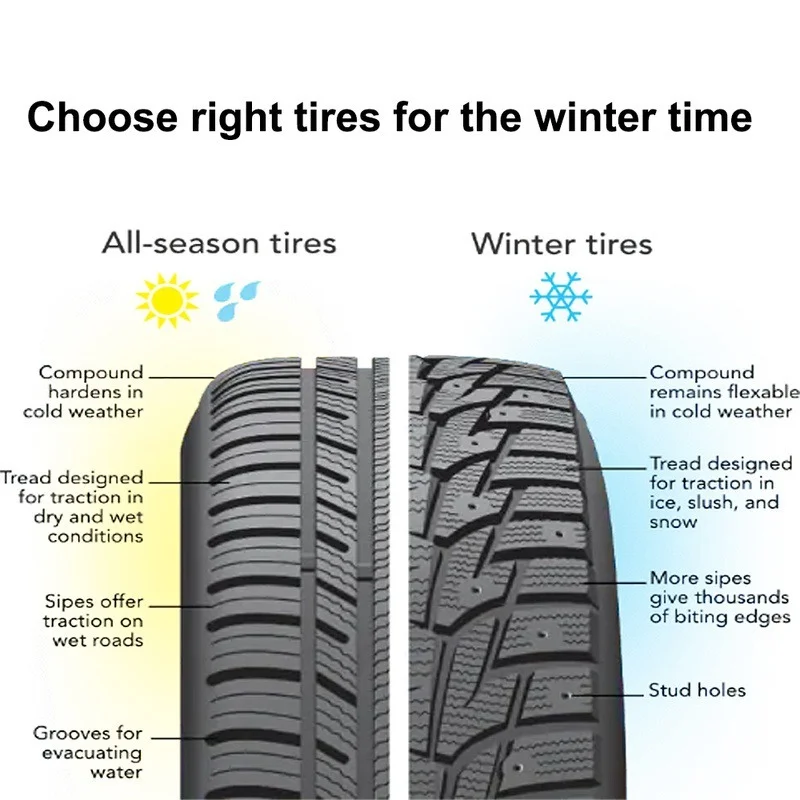 Sure, they still sell tires, but the lure of higher gross profit tickets has become a priority. Again, I’m not saying that’s a bad thing, but as vehicles become more technical and the labor pool grows shallower, this can really come back to bite you if you are not able to service the vehicles in the future. If you’ve let the competition establish themselves as the place to buy tires, it may be an uphill fight to gain customers back when you need to build the business. Tires have always driven service sales, but that doesn’t seem to work the other way quite as well.
Sure, they still sell tires, but the lure of higher gross profit tickets has become a priority. Again, I’m not saying that’s a bad thing, but as vehicles become more technical and the labor pool grows shallower, this can really come back to bite you if you are not able to service the vehicles in the future. If you’ve let the competition establish themselves as the place to buy tires, it may be an uphill fight to gain customers back when you need to build the business. Tires have always driven service sales, but that doesn’t seem to work the other way quite as well.
A good friend in this business tells the story of a friend who bought a restaurant franchise specializing in steaks. It was a proven model that worked successfully. He draws a comparison to the steak being the tires, and the liquor in the bar as being the service. When there was the proper mix and focus everything worked well. His friend saw heavy profits in the bar so he started focusing efforts to building the bar business and lost focus on providing a delicious steak. Over time, the restaurant failed because people stopped coming in for food, and lost interest in just having a cocktail in the bar. The lesson here is to make sure there is an equal focus on both tires and service.
Over time, the restaurant failed because people stopped coming in for food, and lost interest in just having a cocktail in the bar. The lesson here is to make sure there is an equal focus on both tires and service.
There are three key pieces that I believe will make selling tires profitable for your business: 1) Effective pricing; 2) Building the proper product screen, and 3) Making tires a priority with your sales team.
In this first article of the series, we’ll discuss No. 1, effective pricing. Efficiencies have made the entire tire-ordering process a lot simpler, but dealers can easily overlook several basics that will result in improvements in sales and profitability. This is the comfort zone I referred to earlier, and here are several suggestions you may want to consider.
Update Your Online ProfileWhen was the last time you updated your online profile with your distributors? I’ve asked this question of dealers across the country, and so often the answer is “I can’t remember,” or “when the distributor’s salesperson set up the profile. ” This can be a huge factor on both the sales and the profit side of the equation.
” This can be a huge factor on both the sales and the profit side of the equation.
Think about when a customer calls in for a price. Your salesperson opens the portal and presents a quote based on your profile. The marketplace changes, your buying price from the distributor changes regularly, installation prices change and competition may get more aggressive. If you are working from dated information, you may not be competitive and you could lose the sale.
On the profit side, have you looked at the selling prices with your competition, including online? Pricing is always a dynamic situation and if not reviewed constantly, you may find that you are selling too cheap and leaving money on the table – or priced too high and losing sales.
Is your sales price established based on a “dollar” or “percentage” markup? I would argue that you are leaving money on the table if you use a dollar markup. Dealers have told me that they will just add a $20 dollar bill as an example to the cost to make things easy for the sales team. On a $100 tire, many dealers will argue that is equal to a 20% gross profit, which it is not. Granted, it may be easier for busy counter people to calculate, but over time the pennies add up and can make a huge difference to your bottom line. Here’s a quick example, comparing adding a $20 dollar bill versus setting the price based on a 20% gross profit:
On a $100 tire, many dealers will argue that is equal to a 20% gross profit, which it is not. Granted, it may be easier for busy counter people to calculate, but over time the pennies add up and can make a huge difference to your bottom line. Here’s a quick example, comparing adding a $20 dollar bill versus setting the price based on a 20% gross profit:
In the simplistic example above, one could argue that on a $75 tire, adding a $20 dollar bill puts more money in your pocket and I would agree. But on a $125 tire the 20% mark-up puts substantially more in the gross profit bucket. The online portal with your distributor can make those calculations for you. Training your team on how to calculate gross profit percentages and, more importantly, utilizing the POS system that you are using will also help.
Another suggestion would be to look at the profile by brand or segment and move away from a “one-size-fits-all” approach to pricing. Maybe on the entry-level products you want to be a bit more competitive and work on a little less gross profit to attract customers. On other segments you may want to make a few percent more. Either way, a more focused effort will produce increases.
On other segments you may want to make a few percent more. Either way, a more focused effort will produce increases.
Are you taking advantage of buying specials offered by the manufacturers and distributors? This is where the focus on the Art of Buying can make a big difference in the bottom line. In some cases, this requires inventorying tires, which can be a good thing, especially on entry level tires where many buyers want the tire now. If you could save an additional $5 per tire on buying 100 units, that’s $500 to your bottom line. If you could do that every other month, that’s an additional $3,000 in the bank at the end of the year. There are dealers over the years that have made substantial money by buying at the right time and stocking tires. They don’t create a big stir in the market, the tires are blended into the sales mix and the additional profits are realized over time.
An easy trap to fall into is to take the additional $5 special and just pass it along to the customer.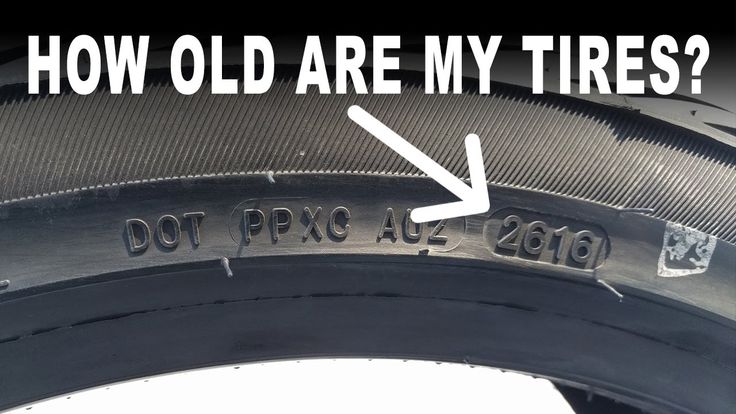 That may be necessary in some cases to be competitive or when you want to increase sales. A suggestion here is to ask your supplier for the special to be a credit at month’s end. This ensures that the additional discount or special goes into the bank and not automatically passed along to the customer. By taking advantage of the offers when presented, it becomes a management decision based on which is more important at that point in time.
That may be necessary in some cases to be competitive or when you want to increase sales. A suggestion here is to ask your supplier for the special to be a credit at month’s end. This ensures that the additional discount or special goes into the bank and not automatically passed along to the customer. By taking advantage of the offers when presented, it becomes a management decision based on which is more important at that point in time.
There is no exact science to how to run a successful tire and service business. There are so many factors that affect the outcome. These will vary by market, by the owner’s focus, by competitive situations and many other elements. Tires have become a commodity in so many markets, and having an exclusive tire line these days to provide additional profit opportunities is rare. In subsequent articles, we’ll address the other key pieces to selling tires – the Product Screen and Making Tires a Priority.
Goodyear todas as estações
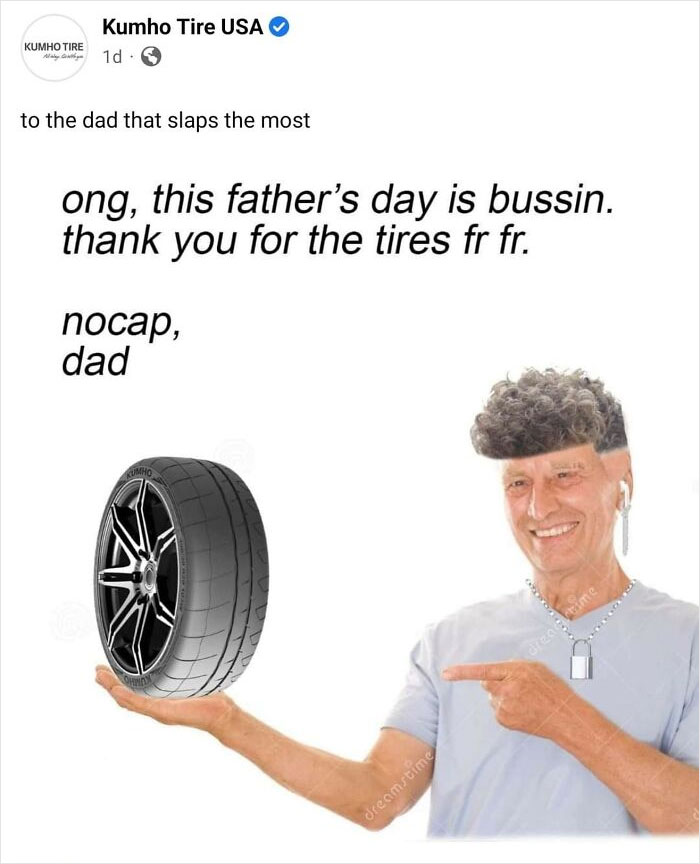
A gama Vector 4Seasons tem mais de 30 anos de êxitos e inovação, desde que em 1985 lançou o seu primeiro modelo.
Campeão 4 Estações, graças ao facto de ter ganho mais provas em comparação com qualquer outra marca testada.
E melhor pneu 4 Estações 2018 frente aos restantes concorrentes, eleito pela prestigiada publicação Auto Bild.
Mais informações
Designed for durability, excellent handling and reliable traction.
Find tires
These tires offer excellent off-road traction and excellent handling on road surfaces.
Find tires
Designed for extended mileage and excellent traction in all weather conditions, with special treads for a smooth and quiet ride.
Find tires
List of other brands
New summer tires
Ready for any corner. Confident grip and precise handling.
Confident grip and precise handling.
More
INNOVATE
Find out how we are shaping the future of electric mobility.
More
TESTS
Based on 208 tests since 2013 published in 37 independent European tire magazines.
Read more
PRODUCTS
Vector 4Seasons Gen-3
Learn more
goodyear/consumer/countries/russia/TW-TT20-MT2813-report-RUS.pdf
**Goodyear Eagle F1 SuperSport RS tires are designed exclusively for use on Porsche 911 GT2 RS and Porsche 911 GT3 RS (911 Series) models and should not be used on other makes or models of the Porsche brand. Read more
Calculation based on the following information:
*** Based on 60 magazine reviews conducted by 17 leading independent European tire magazines between November 2013 and September 2022.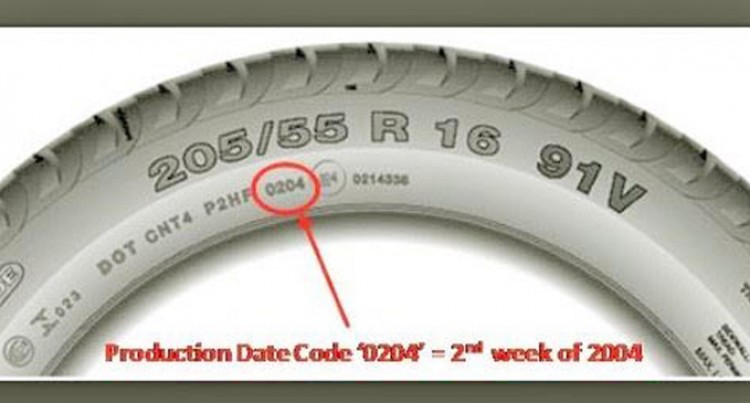 The calculation is based on the number of Goodyear test wins in the year-round category compared to tested competitors. For more information, see https://www.goodyear.eu/ru_ru/consumer/legal-disclaimer-80-claim.html. The term “recommended” is based on separate rating systems of various magazine publications and is defined as tests in which Goodyear tires received ratings from 1 to 3 or were in the category “highly recommended”, “recommended”, “very good”, “good”, “ exemplary" or "satisfactory".
The calculation is based on the number of Goodyear test wins in the year-round category compared to tested competitors. For more information, see https://www.goodyear.eu/ru_ru/consumer/legal-disclaimer-80-claim.html. The term “recommended” is based on separate rating systems of various magazine publications and is defined as tests in which Goodyear tires received ratings from 1 to 3 or were in the category “highly recommended”, “recommended”, “very good”, “good”, “ exemplary" or "satisfactory".
For journals using a different rating system, we standardized their rating scales to match our calculations; an ADAC score of "good" indicates "highly recommended" and a "satisfactory" score indicates "recommended". The Auto Bild (Auto Bild Allrad, Sportscars, Reisemobil) rating "exemplary" means "highly recommended" and "good" means "recommended". All other "very good" ratings are "highly recommended" and "good" ratings are "recommended".
On November 1, 2020, the mandatory marking of wheel tires and car tires began. We tell you how to work further, what equipment needs to be prepared, what to do with the leftovers, and how much violations cost.
We tell you how to work further, what equipment needs to be prepared, what to do with the leftovers, and how much violations cost.
No time to sort things out? Let's help!
New pneumatic tires and tyres:
